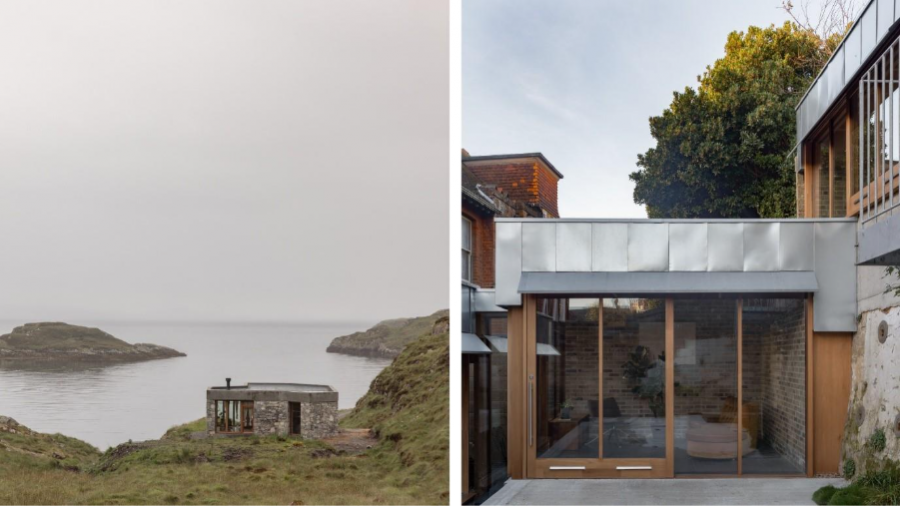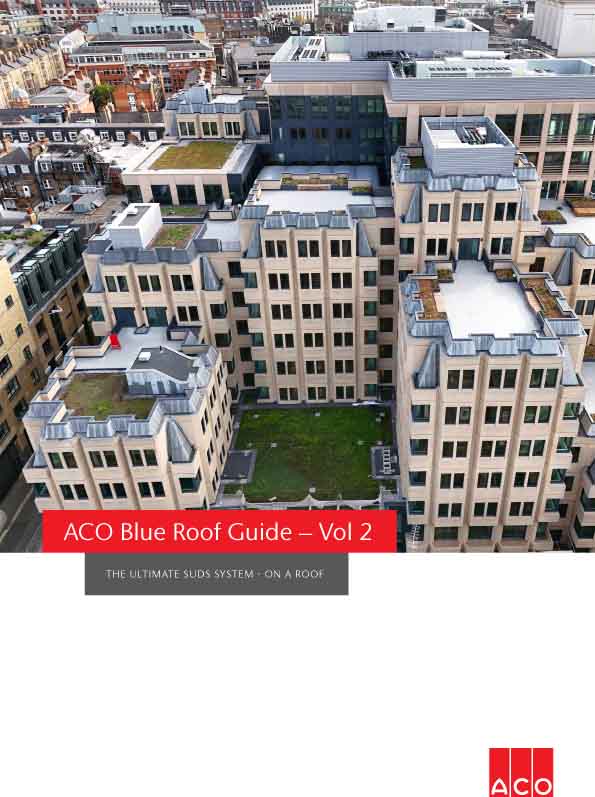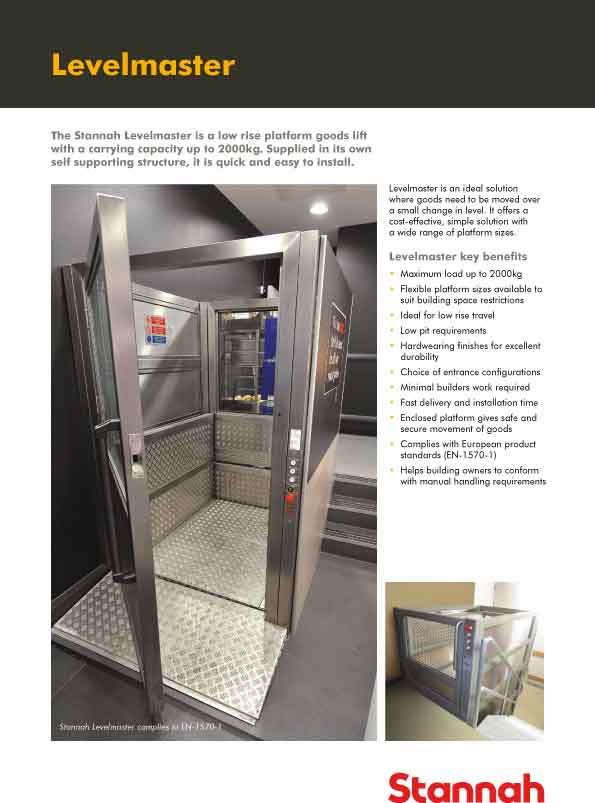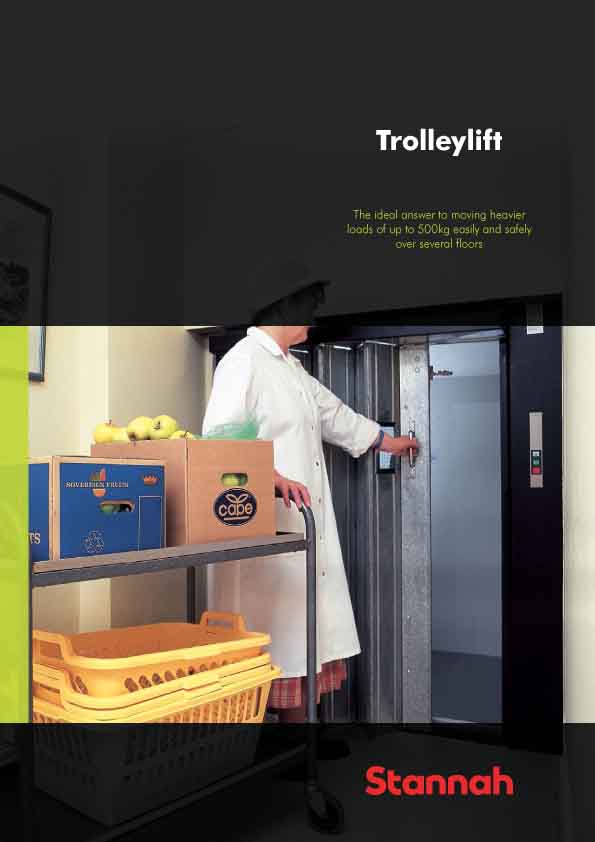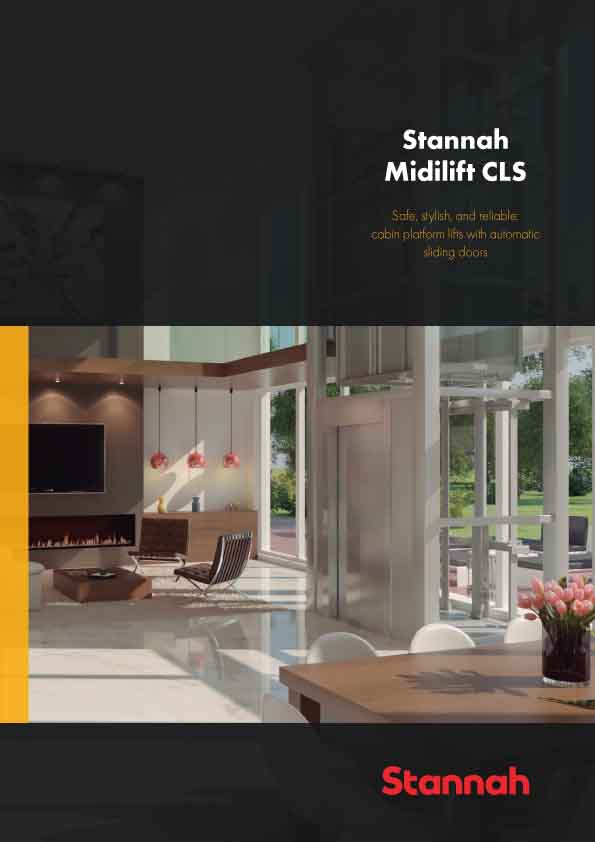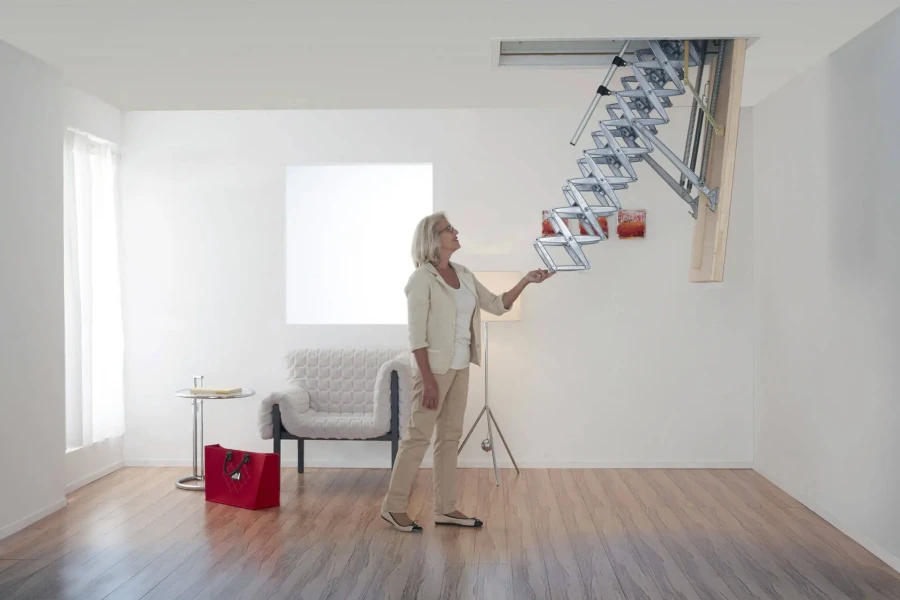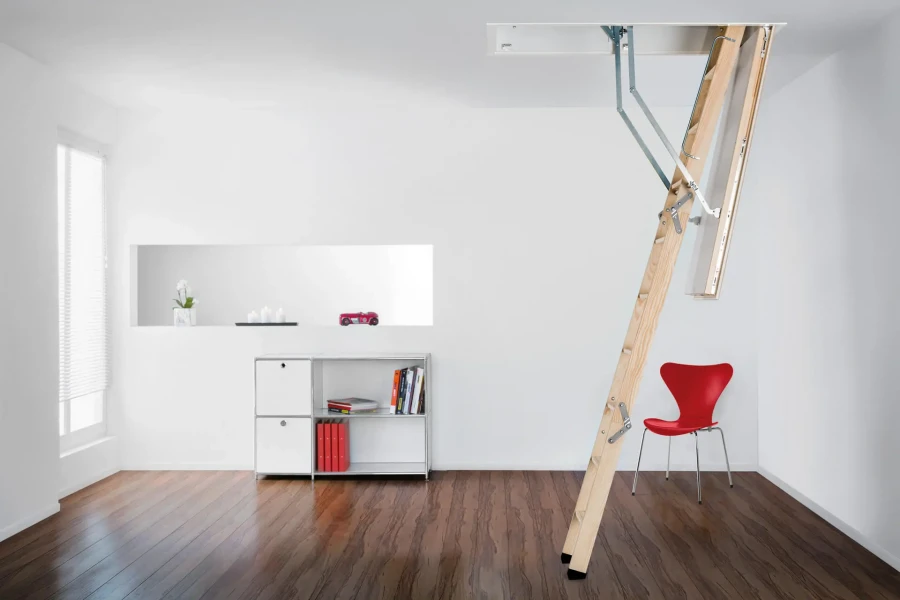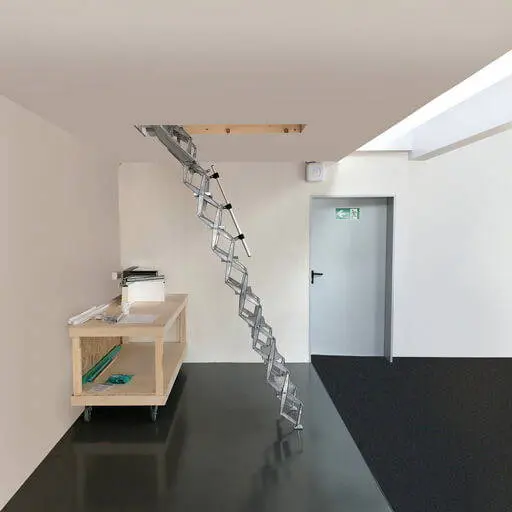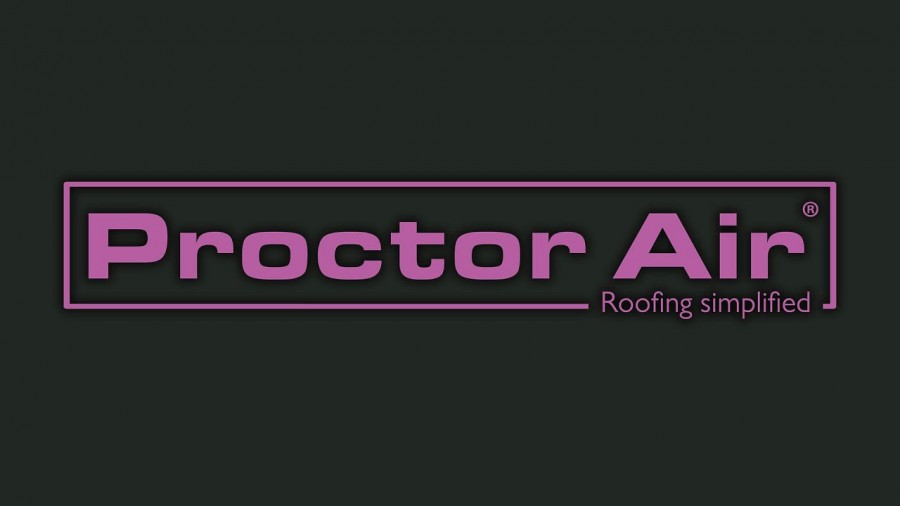The recent ban on
combustible building materials by the government was for buildings over 18
metres – or six storeys high.
The Cube student
block in Bolton (providing student accommodation in a six storey block) which
caught fire on Friday provides a stark reminder that the problem facing UK fire
safety is the result of many issues and not just Grenfell style ACM cladding.
Although the final
details have not yet been released, there are a number of key issues reported,
all of which are relevant to the ongoing discussions around the current
Building Regulations review:
- This was a modern
building, designed and built using all of the latest rules, guides and
expertise available. Yet, with two people injured, this must be classed as a
near miss event. The high pressure laminate (HPL) and timber cladding
components clearly played a large part in the fire’s progress, possibly in
association with the insulation and cavity membranes present. Since Grenfell,
HPL has been talked about to some degree, but no doubt thorough investigations
and consideration have been hampered by it not being the focus of a major
incident - until now.
- This was a risk
in a building only six storeys high, where students sleep. Clearly, we should
not limit regulations to the mere height of a building.
- Fire alarms are
reported as being almost a daily event, so it is understandable that students
did not assume Friday’s to be any different. Despite this, we know high
integrity alarm systems exist which are tested for immunity for common ‘false
challenges’. Despite countless calls for change over many years, they remain
not legislated for.

Jonathan O’Neill,
managing director of the Fire Protection Association, commented: “The
fires at the Bolton student block, Worcester Park in London and the Beechmere
care village in Cheshire, prove we cannot be housing people in buildings made
from combustible materials. This issue needs to be addressed urgently; it
simply cannot wait. We urge this issue to be a priority for the new
government.”
Fire legislation in
the UK has always been slow to develop. It is reactive, and often requires a
major incident or a prolonged statistical demonstration of emerging issues,
during which time much harm may be done. It is interesting to note now after
years of lax regulation and the increasing use of combustible materials in the
structure, insulation, and cladding of buildings, how quickly evidence of fault
is currently being uncovered. It demands a similarly speedy response, faster
perhaps than has happened since Grenfell.
Manchester’s fire
community has been one of the most proactive in assessing and managing their
multi storey buildings since Grenfell, and are to be credited for their
response and actions which led to an amendment requiring a full evacuation
policy.
More than two years
on from Grenfell, we are still putting vulnerable people at risk, the FPA
continued. Should this incident alone not demand the selection of
non-combustible materials, deployment of a believable detection and alarm
system and the installation of sprinklers to ensure the safety of those away
from home in education? This scenario is no different to a school, care home or
hospital. Risk is a combination of many factors, of which height is only one.
The Fire Protection
Association, the UK’s national fire safety organisation, is calling for:
- supporting the
combustibility ban for buildings based upon risk rather than height alone
- the mandation of
high integrity alarm systems as a means to solving the false and unwanted
alarms issue
- a requirement for
two means of escape from high rise buildings
- for stay put
policies to be used only after thorough intrusive inspection to the building to
ensure it is capable of supporting it
- the mandation of
sprinklers in high risk environments such as schools and care homes.
Photo: GMFRS








